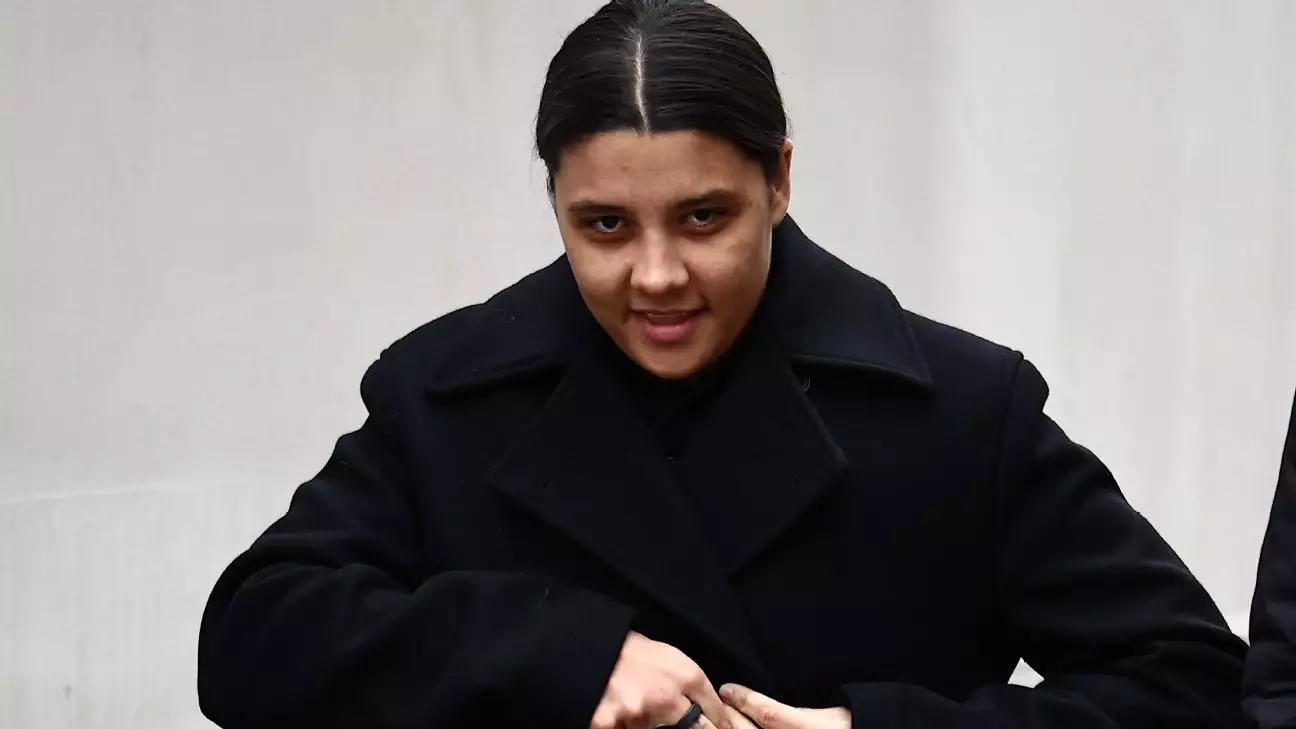The recent trial involving Chelsea forward and Australian football captain Sam Kerr has not only ignited interest in the world of sports but also raised significant questions about the interactions between athletes and law enforcement. This pivotal case began following an incident on January 30, 2023, when Kerr and her partner, Kristie Mewis, a midfielder for West Ham and the U.S. national team, were allegedly involved in a disturbance after a night out in South-West London. The complexities surrounding this case extend beyond the incident itself; they delve into themes of race, celebrity culture, and the intersection of public perception and legal processes.
Kerr and Mewis were reportedly taken to Twickenham Police Station by a taxi driver who claimed they had refused to cover the clean-up expenses after a sick incident and were implicated in damaging the vehicle. The narrative takes a twist as the women contend that the driver had acted erratically during the journey, creating a chaotic atmosphere. Such differing accounts generate a multifaceted discussion about accountability and reliability in stressful situations.
At the heart of this legal battle is the allegation of racially aggravated harassment directed at police officer Stephen Lovell. Testimonies reveal that Kerr reportedly referred to Lovell using derogatory terms, stating he was „stupid and white.“ Although Kerr acknowledges making these comments, she contests that they do not constitute harassment under the law. The court proceedings highlight the delicate balance between freedom of speech and the ramifications of language that can be perceived as harmful or discriminatory.
The prosecution’s initial refusal to charge Kerr adds another layer to this story. Their decision was reversed only after further evidence was submitted, indicating the evolving nature of the case. Officer Lovell’s initial statement did not point to any personal distress caused by Kerr’s comments. This shift in narrative raises eyebrows and results in discussions about the motivations behind the police officer’s testimony. Was there an element of celebrity culture influencing the handling of the situation, or were the emotions genuinely felt?
The trial signals broader implications for how law enforcement interacts with high-profile individuals. The courtroom interactions suggest a complex dynamic that challenges standard protocols. Lovell’s statement reveals that he felt “shocked, upset, and humiliated” by Kerr’s comments, yet it prompts questions about the nature of that humiliation. Critics could argue that Lovell’s feelings should be examined in the context of his professional capacity; does the status of the individual involved create an undue influence on the severity of the response?
Furthermore, the prosecution’s focus on racial commentary opens up a dialogue about the implications of language used by public figures. In the realm of sports, whether on the pitch or off, the words spoken by athletes can sometimes incite widespread dialogue about race, gender, and social responsibility. The situation prompts necessary reflection on the mindfulness required from public figures regarding their words and actions, particularly when caught in a legal controversy.
As events unfold, public relations play a crucial role in shaping perceptions. Both the prosecution and the defense seem to be engaging in a debate about image management. By presenting Lovell as a maligned officer, the prosecution may seek to garner public sympathy. Similarly, Kerr’s legal team attempts to construct a narrative of undue scrutiny and exaggeration against a celebrated athlete. This cultural spectacle raises essential questions about the processes through which public opinion is formed, especially in the context of social media and its quick dissemination of information.
This unfolding legal drama serves as a reflection of deeper societal challenges, oscillating between individual accountability and systemic issues within law enforcement and public behavior. The jury’s eventual decision will resonate beyond the courtroom, influencing perceptions of both football and the law’s application in cases involving racially charged language. As societies increasingly scrutinize the actions of public figures, the Sam Kerr incident is emblematic of the complicated nature of modern celebrity and its intersection with legal and racial dynamics. The outcome may not only shape Kerr’s future but also inform broader discussions that extend far beyond the realm of sports.


Napsat komentář